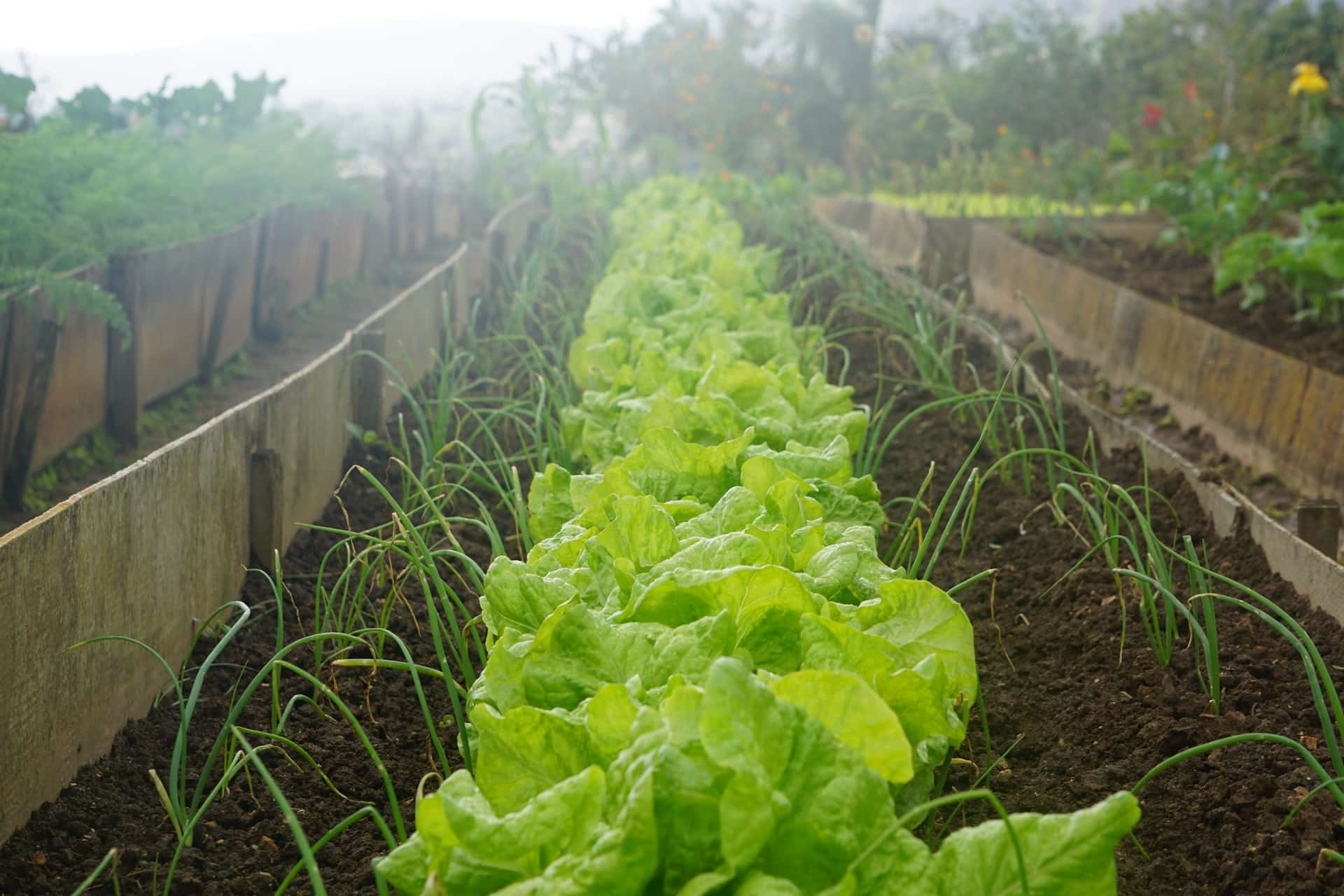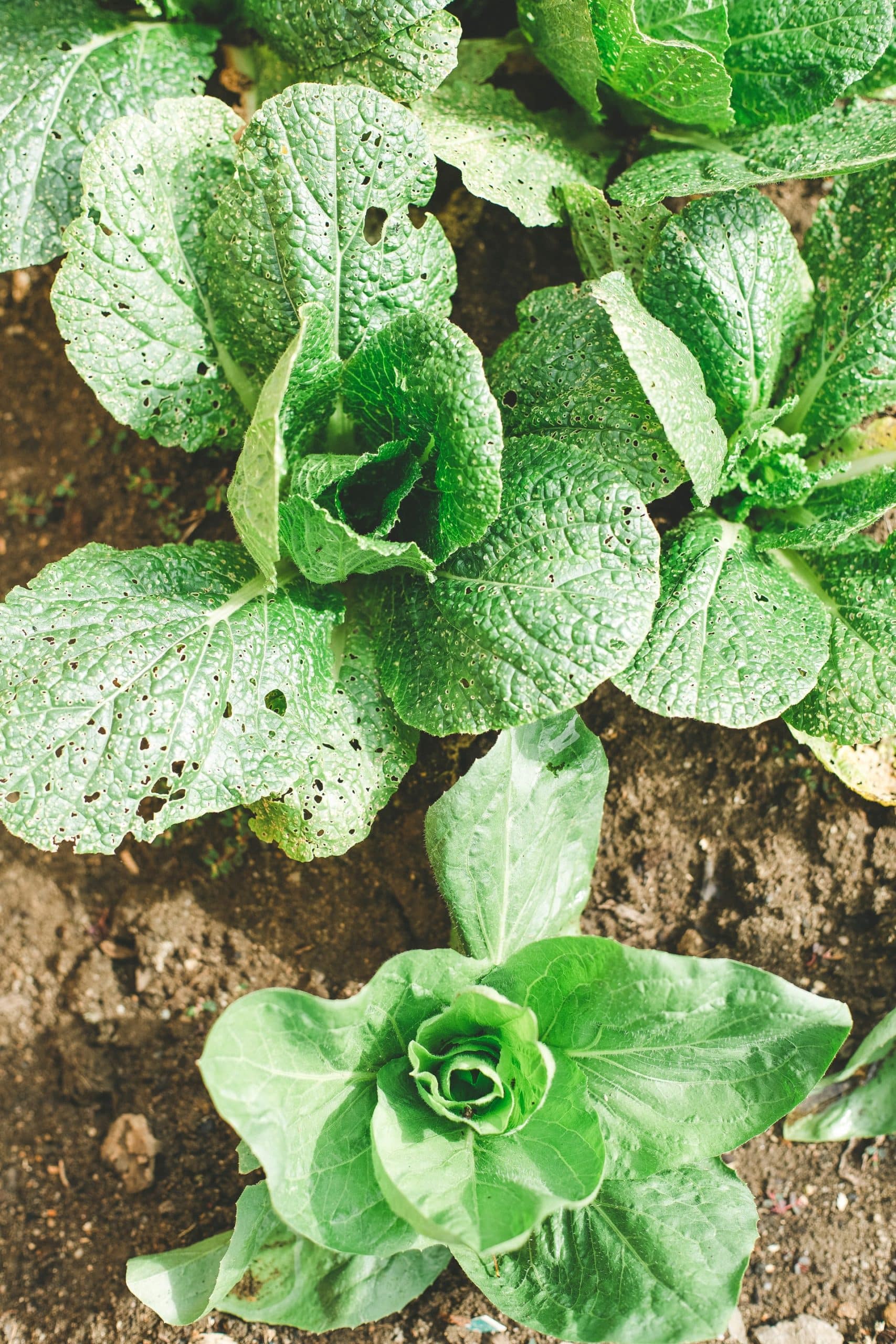Do you have a small garden? Or even a sunny balcony with some spare space? Then it might be fun to start growing your own vegetables and herbs. Instead of for instance having to buy basil from the supermarket every time you cook Italian food, you could just get some leaves from your own (tiny) garden. Doesn’t that sound lovely? In this article, we give you more information about the steps you have to take to start your own vegetable garden.
IMAGE: UNSPLASH
1. Decide Which Plants You Want To Plant
Before you start, make a list of the veggies you love and would like to try adding to your garden. Do the same with your herbs. We recommend starting small: if you have to keep 20+ new plants alive, it might feel overwhelming. Usually, herbs don’t need much attention, but vegetables can be a handful if it’s your first time. These vegetables are our favorites because they’re quite easy to grow: lettuce, radishes, tomatoes (e.g. the cherry variety), peppers, green beans, beets, and carrots.
2. Find A Good, Sunny Spot
Before you start planting seeds or even tiny plants, you need to find a good spot. Most vegetables require at least 6 hours of direct sunlight per day. If you want those big, juicy tomatoes you need a sunny spot! Also, make sure to not plant your veggies in a spot that floods easily or is known for being draughty. You don’t want strong winds to knock over your young baby plants! If you’ve found thé spot, you can start planting. If there are any rocks in your garden, remove these, because they interfere with root growth.
Whether you plant in a big container on your balcony or in a corner of your garden, don’t forget to use moist, well-drained soil. You don’t want to plant in super wet soil, because this can make the roots of your vegetables and herbs rot. If you plant in your garden, don’t forget to keep a few feet between plants so you can access them, for instance, to get rid of weeds or harvest easily.
3. Know When To Plant And Read Up On The Care Of Your Veggies And Herbs
Did you know that there are “cool-season” and “warm-season” vegetables? Cool-season means vegetables that grow in spring, of course after the last spring frost. Some cool-season vegetables are lettuce, spinach, and all kinds of root vegetables. Warm-season vegetables shouldn’t be planted until later in the season when the soil has warmed up a bit. Examples are tomatoes and peppers.
4. Keep An Eye Out For Critters
Having insects and critters in a garden is normal. But some insects love snacking on the roots or leaves of your plants or choose your carefully grown baby tomatoes as the spot to lay their eggs. Not ideal! While some critters are totally okay, others are detrimental to the health of your plants.
Do you see any little white ‘eggs’ or do you notice your plants looking worse for wear? Then it might be time for a trip to your local gardening center. They have all sorts of products to get rid of snails or beetles for instance. They often also offer ‘natural solutions’ such as using nematodes (Dutch: aaltjes) to combat ants. Don’t forget your mask and your disinfectants (Dutch: ontsmettingsmiddelen) so you’re safe while shopping! Happy planting!
If you are interested in even more lifestyle-related articles and information from us here at Bit Rebels, then we have a lot to choose from.


COMMENTS